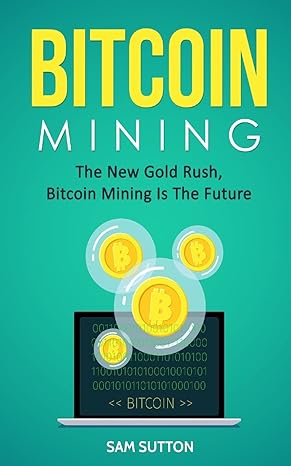Question
The first project, the Djakarta Plant, is a proposed new plant in Indonesia, about 40 km outside the capital. Griffin has been considering this expansion
The first project, the Djakarta Plant, is a proposed new plant in Indonesia, about 40 km outside the capital. Griffin has been considering this expansion for many years and believes that the combination of low wages, looser environmental protection, and proximity to its emerging markets in SE Asia will makes this new plant an attractive addition to its existing facilities. Specifically, now, in 2019 the Djakarta Plant will require the purchase of land for $3.55 million, with development and construction building costs of $15 million, and plant and equipment of $4 million. Griffin will also need to spend on working capital each year. The change in net working capital is an increase of $100,000 plus 4% of sales every year during the life of the project (the exception being the return of all previous working capital in the last year of the project). Sales are estimated to be $45.6 million in 2020, the first year of production, increasing by 11% per annum after that. The cost of goods sold is 60% of sales. Fixed costs will be $12 million in 2020, increasing by 4% per year.
Both buildings and plant/equipment will be depreciated straight line to zero over the 10-year project life. The buildings will have a salvage value of 25% of cost and the plant and equipment will have no salvage value. At the end of the project, Griffin will rehabilitate the site at a cost of $7 million and sell the land for light industrial development for $15.6 million. The company tax rate in Indonesia is normally 20%, but the new government is offering an incentive for the first three years of operation for major manufacturing projects where the tax rate will only be 18%, before reverting to the normal rate.
The second project, the Gladstone Plant, is a modification of an existing plant Griffin already owns in the city of the same name in north Queensland. The Gladstone Plant has been idle for many years, but with renovation would be well suited to furfural production. If not used for the proposed project, Griffin will lease out the existing plant for $80,000 (before tax) per year. The estimated development and construction building costs will be $18 million this year alongside plant and equipment investment of $6 million. Griffin will again need to invest in working capital, thus the change in net working capital will be an increase of $80,000 plus 4% of sales every year when production commences in 2020 (the exception being the return of all the previous working capital in the last year of the project). Sales will be $47 million in 2020, increasing by 8% per annum thereafter. Given the relative geographic isolation of the plant, the stricter environmental controls and the proximity to the Great Barrier Reef, the cost of goods sold will be 70% of sales. Fixed costs will be $5 million in 2020, increasing by 4% per year. Both buildings and plant/equipment will again be depreciated straight line to zero over the 10-year project life. The buildings will have a salvage value of 25% of cost and the plant and equipment will have no salvage value. At the end of the project, the Gladstone Plant will again revert to being idle awaiting potential future developments at no cost. The company tax rate in Australia is 30%.
Which of these two mutual exclusive projects Griffin should invest, if any. Assume Griffin has a cost of capital of 11% for domestic projects and 17% for international projects.On Excel
Step by Step Solution
There are 3 Steps involved in it
Step: 1

Get Instant Access to Expert-Tailored Solutions
See step-by-step solutions with expert insights and AI powered tools for academic success
Step: 2

Step: 3

Ace Your Homework with AI
Get the answers you need in no time with our AI-driven, step-by-step assistance
Get Started


